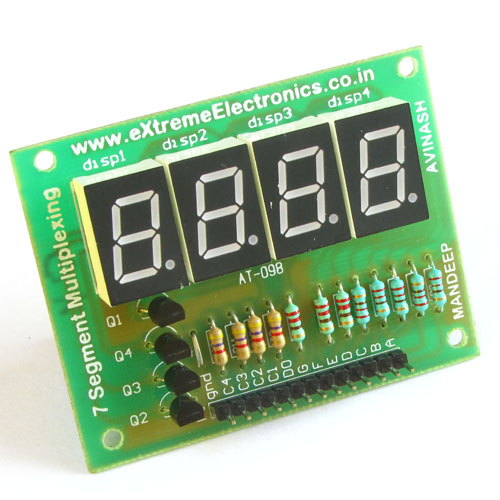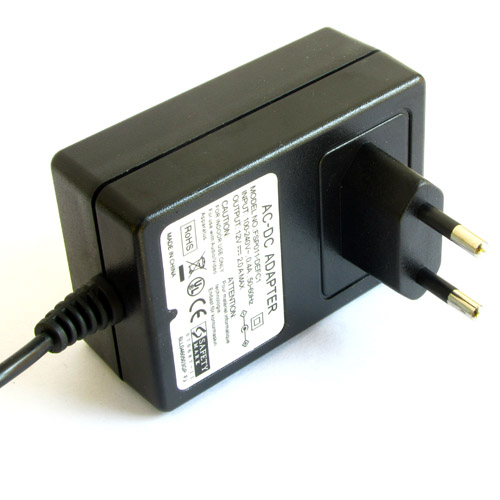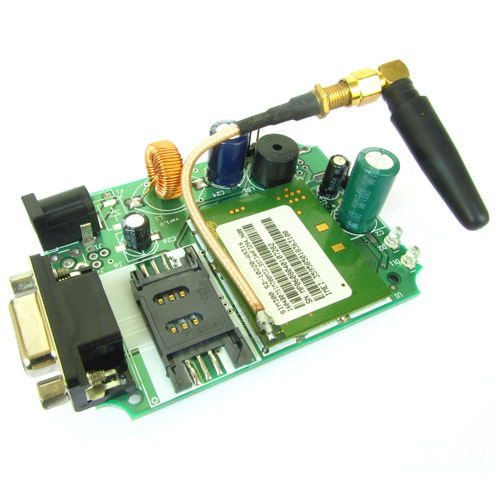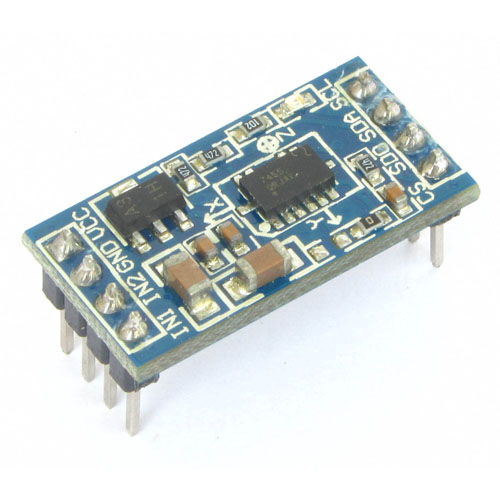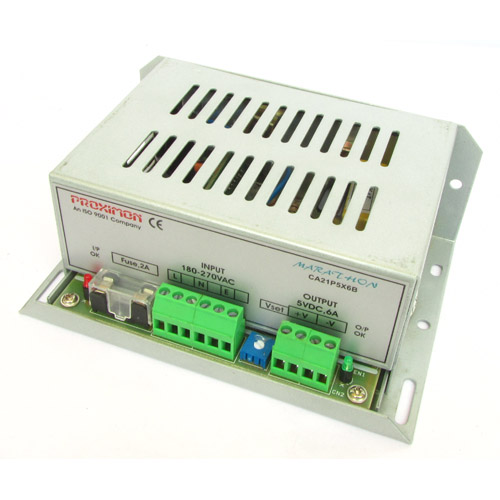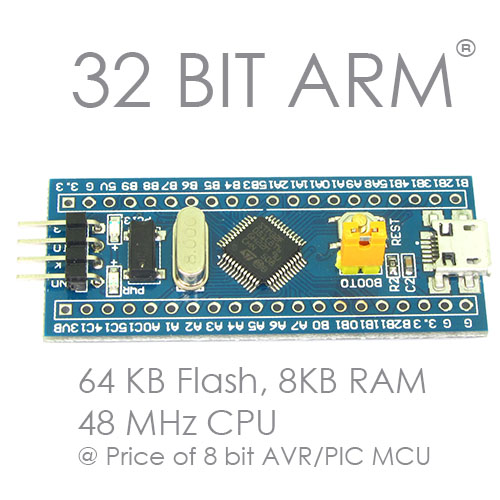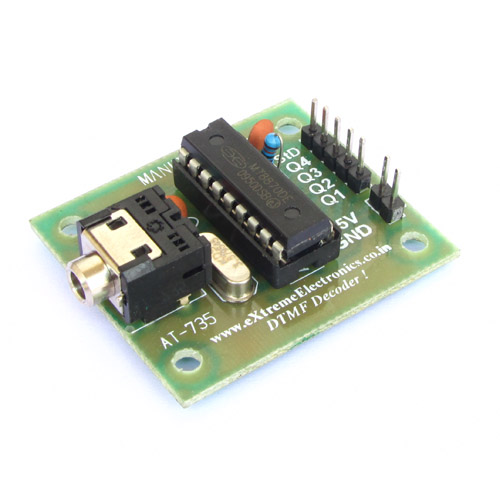In this part of our tutorial we will cover some basic concept that are useful to know before beginning to work with accelerometers.
Acceleration is defined as the rate of change of velocity. Simply if the velocity of an object is changing (increasing or decreasing) it is said to be accelerating. If the velocity is decreasing then acceleration is said to be negative. Complete discussion about acceleration is beyond the scope of this tutorial. You should refer some good book on physics.
Example of bodies experiencing acceleration
- A bike just started and gaining speed.
- Brakes applied to a moving vehicle and now slowly coming to rest.
- A mobile phone being shaken
Example of bodies NOT experiencing acceleration
- A bike in parked condition.
- A bike moving on a highway with constant speed.
Unit of Acceleration
The SI unit of acceleration is m/s2.
Earth's gravitational field also accelerates freely falling bodies towards itself. The magnitude of this acceleration is about 9.8m/s2 and it is known as g.
So g is also used as a unit of acceleretion.
Range of Accelerometers
Their is a maximum limit of acceleration which an accelerometer can measure. Most small accelerometer chip can measure up to 8g (8x9.8 =78.4 m/s2) of acceleration. The MMA7455 accelerometer can measure up-to 8g. But generally this is too high, so it also support changing of range. Other ranges available are 4g and 2g. For tilt sensing applications where we just measure the component of acceleration due to gravity acting on each axis, 2g is enough.
By decreasing the range of accelerometers from 8g to 2g we are increasing the precision of measurement. So for tilt sensing application I recommend the 2g mode.
Sensitivity of Accelerometers
The output data for each axis (X,Y,Z) of MMA7455 is of 8 bit length. This is of signed data type. That means it can hold positive and negative values. The range of 8 bit signed data is -128 to +127. In 2g mode the output is as follows
| Acceleration | Output |
|---|---|
| 2g | +127 |
| 1g | +64 |
| 0g | 0 |
| -1g | -64 |
| -2g | -128 |
Sensitivity is the count accelerometer can take for 1g. So in 2g mode, the sensitivity is 64 counts per g
If we changed the accelerometer to 8g mode then the output will be as follows.
| Acceleration | Output |
|---|---|
| 8g | +127 |
| 4g | +64 |
| 2g | +32 |
| 1g | +16 |
| 0g | 0 |
| -1g | -16 |
| -2g | -32 |
| -4g | -64 |
| -8g | -128 |
Clearly, now the sensitivity is 16 counts per g.
We cordially thanks the following peoples who shared this page on various social networks and insprided us to develop more quality contents!
Tim, HACI, Aswil Caziba, Uttam Dutta, Imam Mawardi, Adil, Amod, Igwebo Anacletus, Marice, Arun, Micik, Gauthami, Pris Rojas, , Avinash Gupta,





